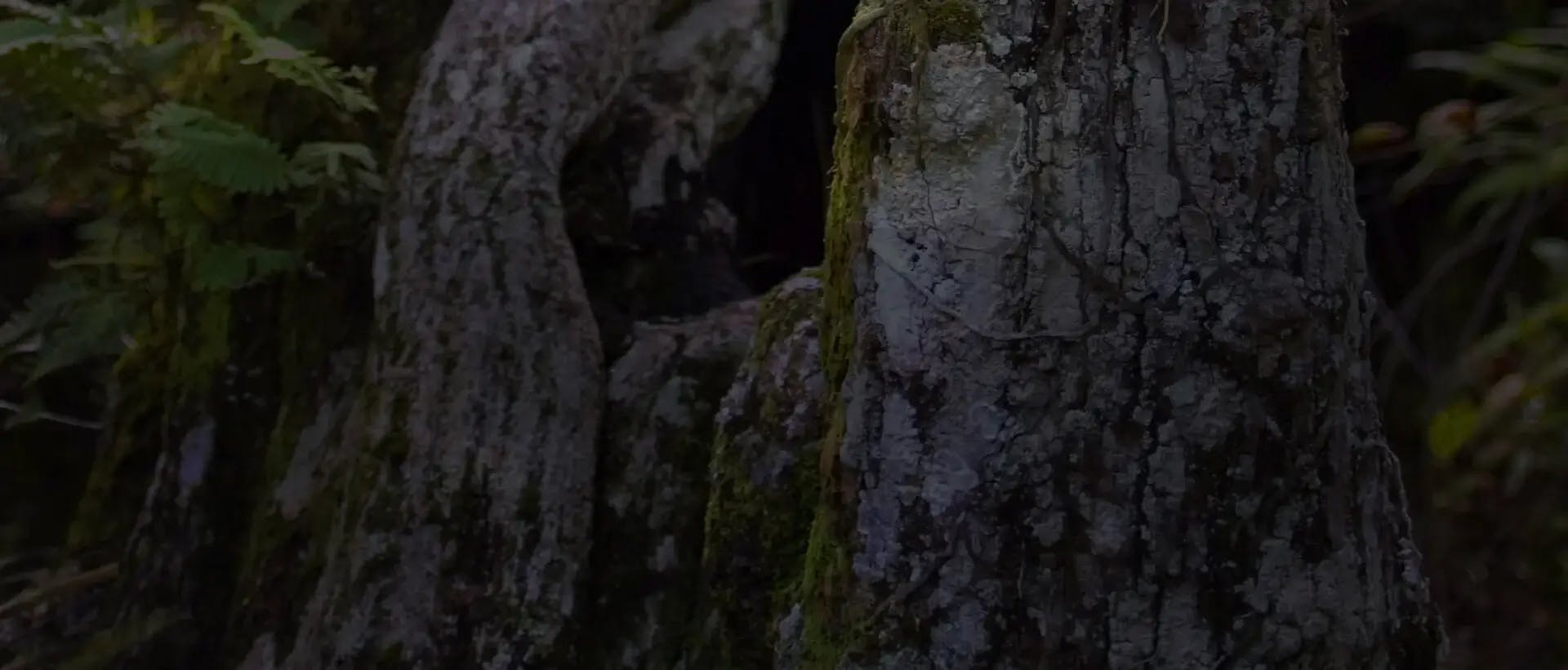
Triceratorhynchus
(pronounced: trye-ser-at-oh-RINK-uss)
Classification
Vandeae subtribe Aerangidinae. Superficially resembling a small species of Angraecum, Triceratorhynchus differs by the complex six-lobed rostellum.
Overview
Miniature monopodial epiphytes. Stems short, rooting at the base. Leaves alternate, distichous, linear. Inflorescences scapose racemes. Flowers cupped. Sepals and petals subsimilar, subequal, free, spreading. Lip three-lobed, without callus, with a spur longer than the blade. Column short, the anther fringed, the rostellum complex, with three erect and three decurved arms; pollinia 2, on separate stipes and prominent viscidia.
Etymology
From the Greek tri, meaning three, keras, meaning horn, and rhynchos, meaning snout, describing the complex rostellum.
Distribution
A monotypic genus from East Africa.
Care and Culture Card
See basic growing conditions and care information below.
Grow Triceratorhynchus in small pots with a medium grade potting mixture or on small slabs with a small pad of moisture retaining material at the roots. Provide mediumlight levels, cool-intermediate temperatures, and steady watering throughout the year.
Literature
Summerhayes, V. S. 1951. New orchids from Africa. Bot. Mus. Leafl. 14(9):215-239.

FREE ACCESS: Orchid DealWire
Get notified when orchid vendors have special promotions and exclusive savings.






